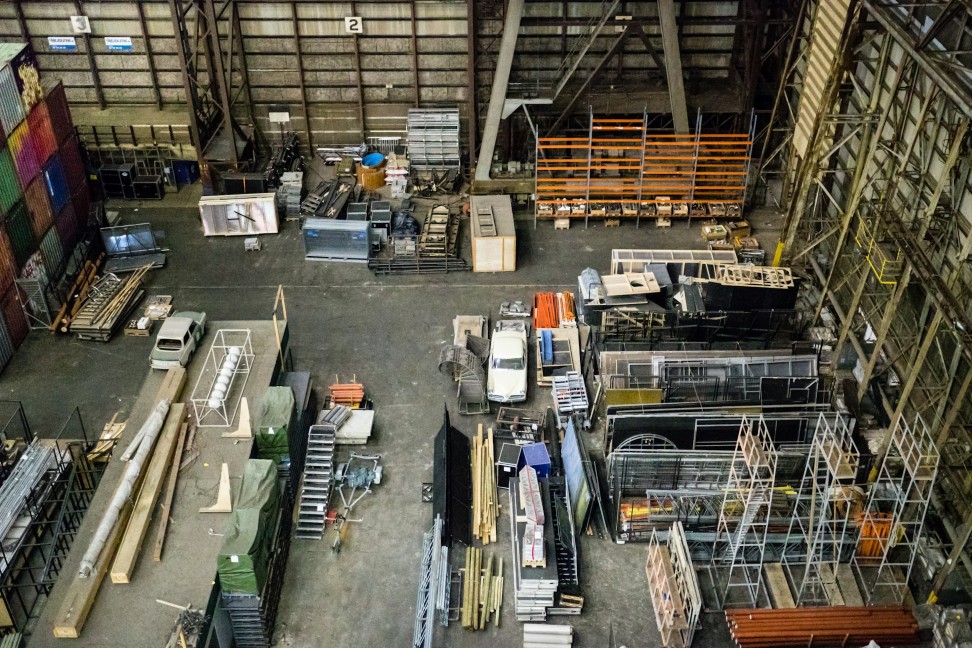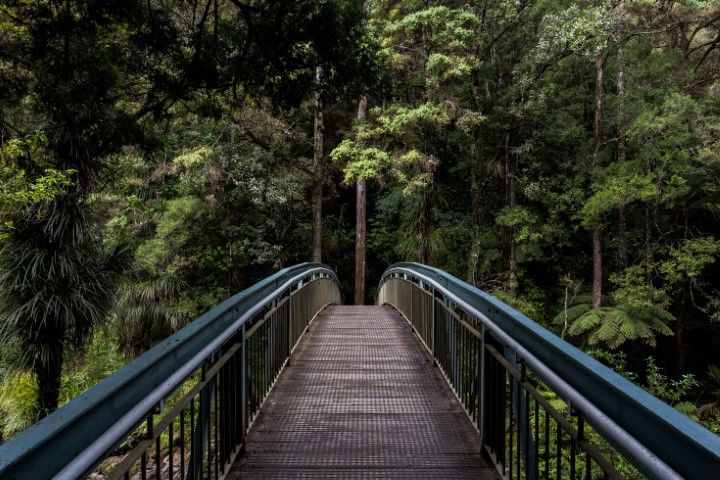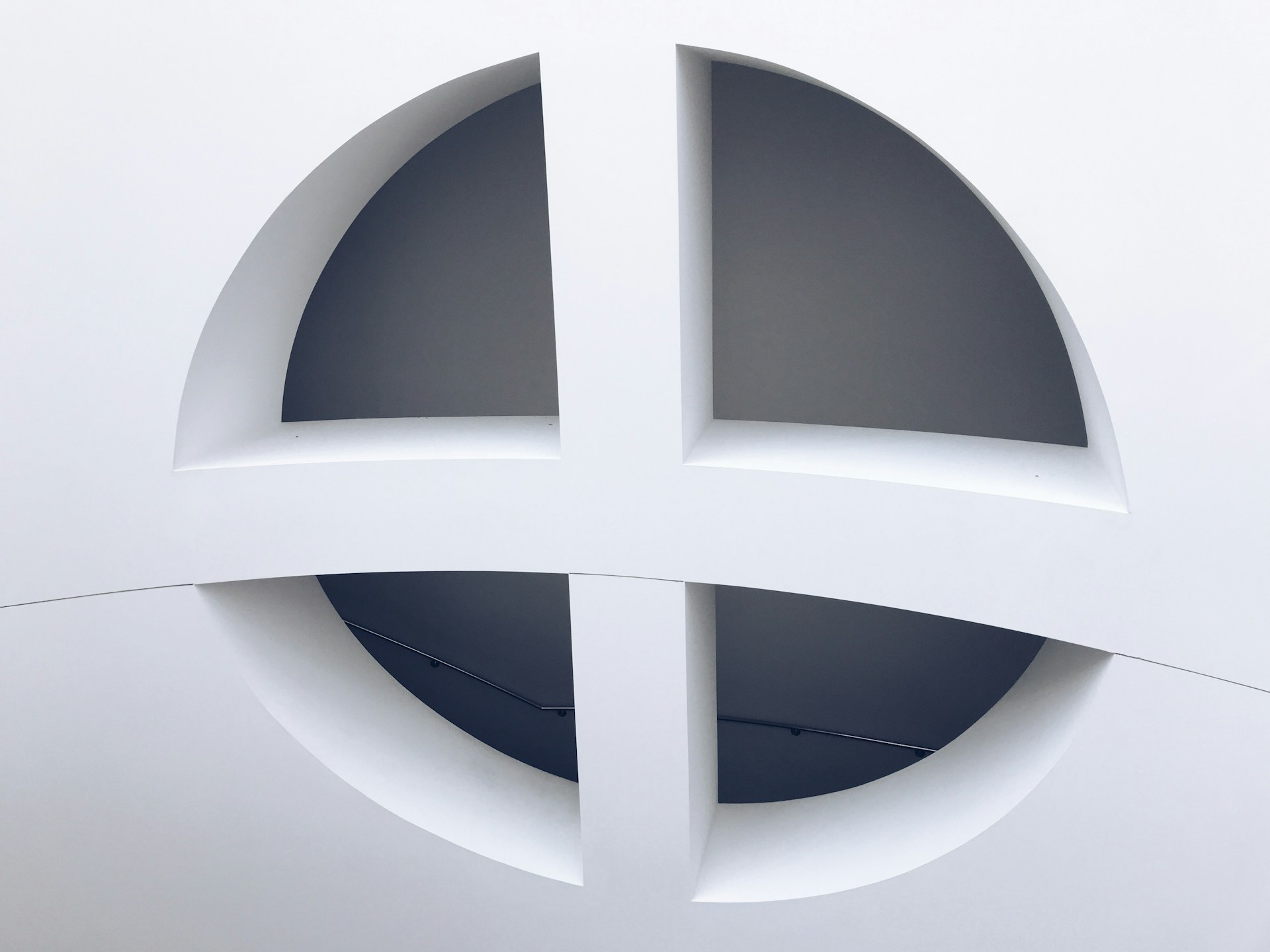Art has always been a powerful medium to express ideas, ignite conversations, and transform public spaces. In recent years, murals and installations have gained popularity as powerful forms of public art, capturing the imagination of viewers and enhancing the aesthetic value of our cities and neighborhoods. In this blog post, we will explore the significance and beauty of understanding art in public spaces, focusing specifically on murals and installations.
Public art has a long and storied history, with murals being one of the most prevalent forms of expression. Murals are large-scale artworks created directly on walls or other permanent surfaces, often using paint or other materials. They have been used for centuries to depict historical events, celebrate cultures, and convey social and political messages. From cave paintings to frescoes on ancient temples, murals have provided fascinating glimpses into the past and served as a visual documentation of our collective memory.
Today, murals continue to play a vital role in shaping our public spaces. They transform plain facades into vibrant canvases, injecting life and color into urban landscapes. Murals have the power to challenge social norms, raise awareness about important issues, and foster a sense of unity within communities. For example, the Black Lives Matter murals that emerged in cities across the world following the global protests in 2020 showcased the power of art in amplifying social justice movements. By incorporating powerful symbols and messages, these murals provoked conversations and promoted empathy and understanding.
Installations, on the other hand, are three-dimensional artworks created specifically for a particular space. They can be found both indoors and outdoors, and often utilize unconventional materials and techniques. Unlike murals, which are typically painted directly on surfaces, installations can be complex and interactive, demanding a deeper level of engagement from the viewer.
Installations have the unique ability to challenge our perceptions of space and reality. They can disrupt the mundane aspects of our daily lives and invite us to experience a different perspective. The works of renowned artists such as Christo and Jeanne-Claude, who created large-scale installations like “The Gates” in New York City’s Central Park, have captivated audiences and transformed public spaces into immersive and thought-provoking experiences.
One of the most fascinating aspects of art in public spaces is its accessibility. Unlike traditional art forms that are often confined to galleries and museums, murals and installations can be experienced by anyone, regardless of their background or knowledge of art. They have the power to democratize art, making it a part of people’s everyday lives. Public art creates a sense of belonging and encourages people to participate in their communities, as they can engage with the artworks on their way to work or while enjoying a stroll through the neighborhood.
Understanding art in public spaces goes beyond viewing and appreciating the aesthetic qualities of the artworks. It involves delving deeper into the intentions of the artists, their cultural and historical contexts, and the messages they seek to convey. Public art often reflects and influences the social, political, and cultural landscapes of a society. By understanding the stories behind the murals and installations, we can gain a deeper appreciation and connection with our surroundings.
Moreover, art in public spaces can contribute to place-making, transforming underutilized spaces into vibrant hubs of activity. Murals and installations have the ability to redefine the identity of a neighborhood, attract tourism, and drive economic development. They create memorable landmarks that become synonymous with a particular area, drawing people in and fostering a sense of pride among its residents.
In conclusion, understanding art in public spaces is essential to fully appreciate the beauty and significance of murals and installations. They have the power to inspire, challenge, and bring people together. By engaging with public art, we not only enhance the aesthetics of our urban environments, but also deepen our understanding of our shared histories, cultures, and communities. So, next time you come across a mural or installation in your city, take a moment to pause, reflect, and immerse yourself in the transformative power of art.














